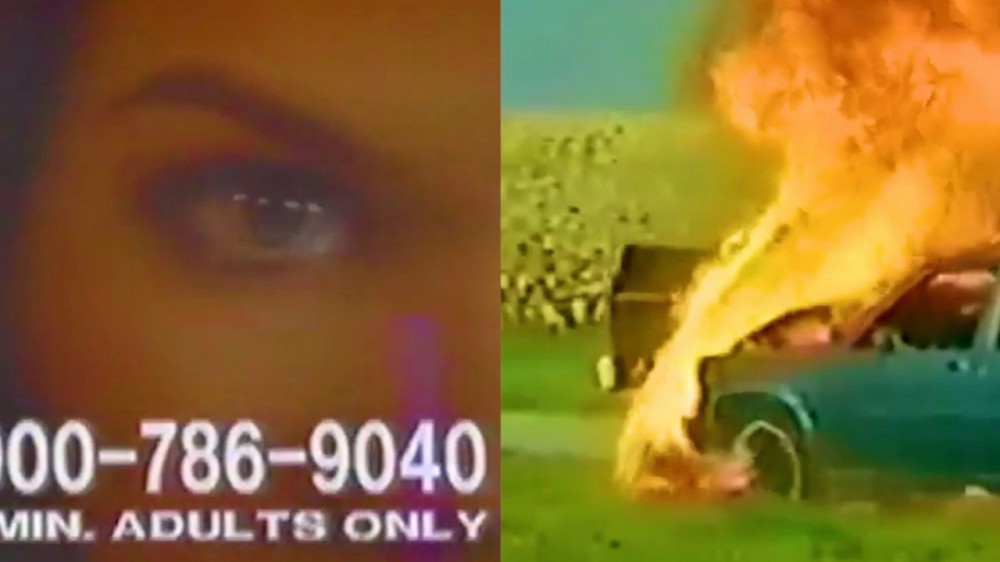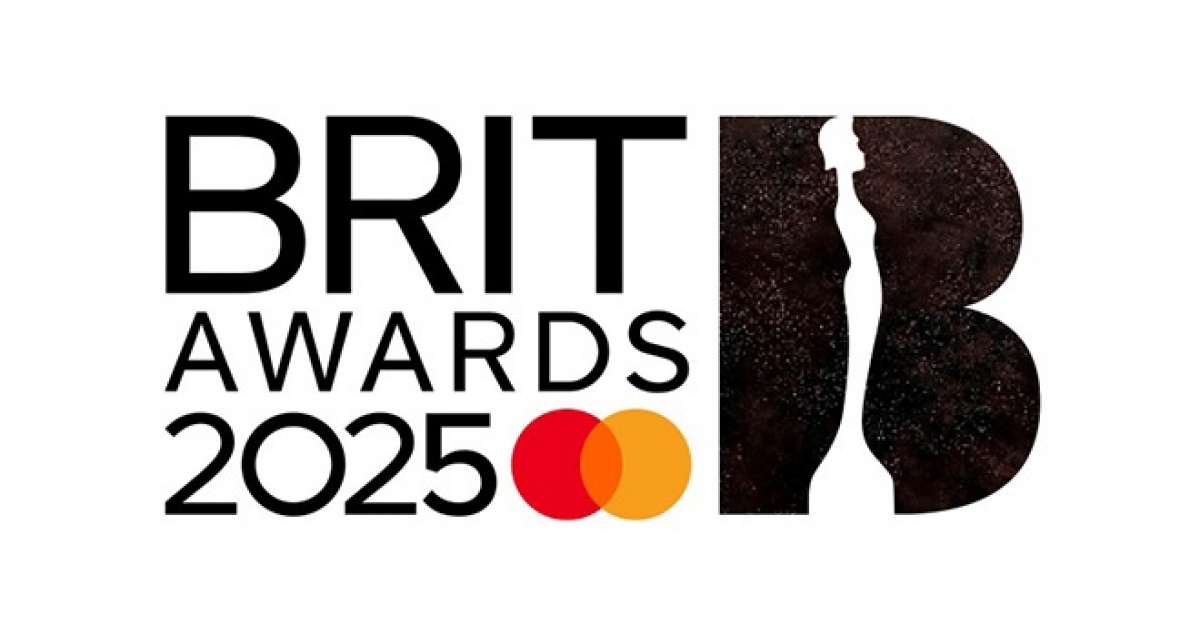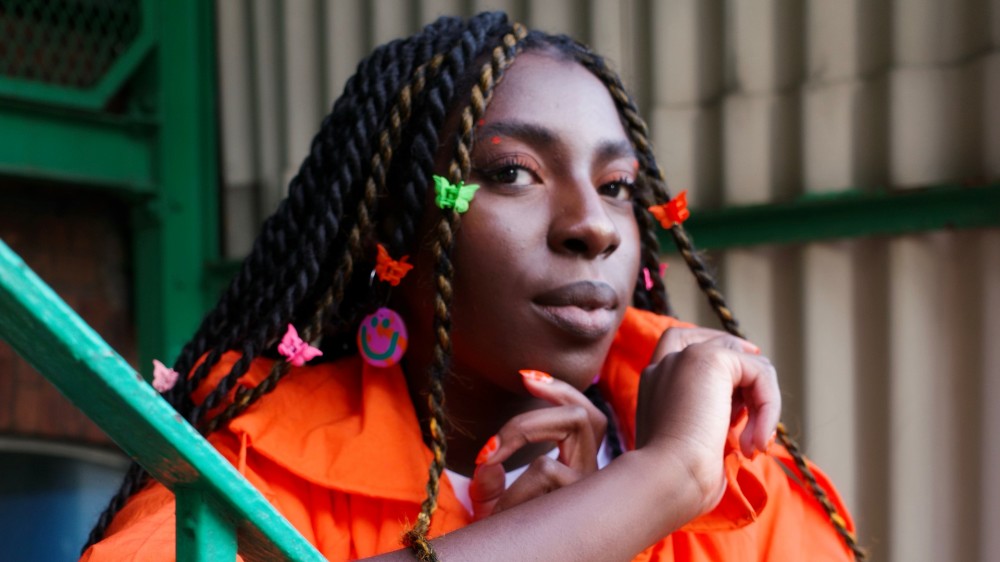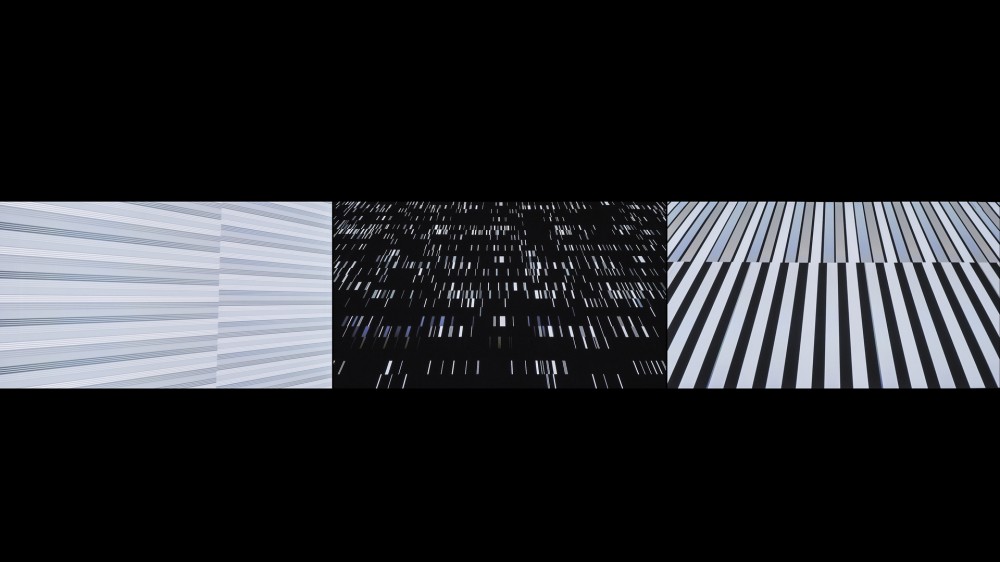
Ryoji Ikeda Presents: test pattern
Ryoji Ikeda explores polarising concepts of the beautiful and the sublime with his audiovisual practice, creating installations and sound works that seek to realise an aesthetics of data. Yet, ultimately, the artist is a musician at heart.
CAUTION: STROBE WARNING
On an initial encounter with the work of Ryoji Ikeda, one relatable experience might be an all-pervasive sense of being caught between. First contact with his installations test pattern, point of no return, data-verse and A [continuum], all of which feature as part of the artist’s upcoming exhibition at 180 The Strand, presented by Fact and The Vinyl Factory in collaboration with Audemars Piguet Contemporary, induces an altered state of consciousness that causes one’s mind and one’s body to somersault away from each other, your being trapped between intense physicality and conceptual complexity. You are at once pinned to the ground by the arresting, occasionally abrasive audiovisual onslaught of his work, while at the same time transported to the most micro and macro of scales, the building blocks of human life and the universe in which it exists transformed into light and sound in front of your eyes in a way that is, in the most traditional sense of the word, awe-inspiring.
It’s a dichotomy that Ikeda understands to exist at the core of all of his work. Writing in 2011, the Japanese artist explains: “As an artist/composer, my intention is always polarised by concepts of the ‘beautiful’ and the ‘sublime’. To me, beauty is crystal: rationality, precision, simplicity, elegance, delicacy; the sublime is infinity: infinitesimal, immensity, indescribable, ineffable.” It is in this charged space that Ikeda holds us, subjecting us to the dizzying scope of the world by illuminating what he terms “the invisible, multi-substance of data”, finding an elegant order among the chaos, like picking out a melody in an ocean of sound. It is in exactly these terms that Ikeda understands his role as an artist, “I’m basically a composer, my job is to compose something,” he levels. “I love to compose anything. Sometimes data, sometimes sound into music.”
In this way, Ikeda conceives of his upcoming show, the largest exhibition of his work ever staged in Europe, as an expansive orchestration, bringing together 12 large-scale installations and sound works in the labyrinthine space of 180 Studios for the most comprehensive expression of his data-driven art. These works gesture towards an aesthetics of data, consisting of a series of visualisations that range from the incredibly simple to the overwhelmingly intricate. Taking as their subject everything from the mundane, simple emails and JPEG images, to the extraordinary, the storied history of the concert pitch, the structure of a protein and the sequence of the human genome, they represent the culmination of decades of research and experimentation. Yet, ultimately, Ikeda is a musician at heart. “We play music,” he asserts. “Music is beautiful because you can’t see it and you can’t touch it, but everyone knows it. So you don’t need to have it explained, you don’t need special tools to understand it. You can charge it with meaning all by yourself. That’s the same approach I take with my installations.”
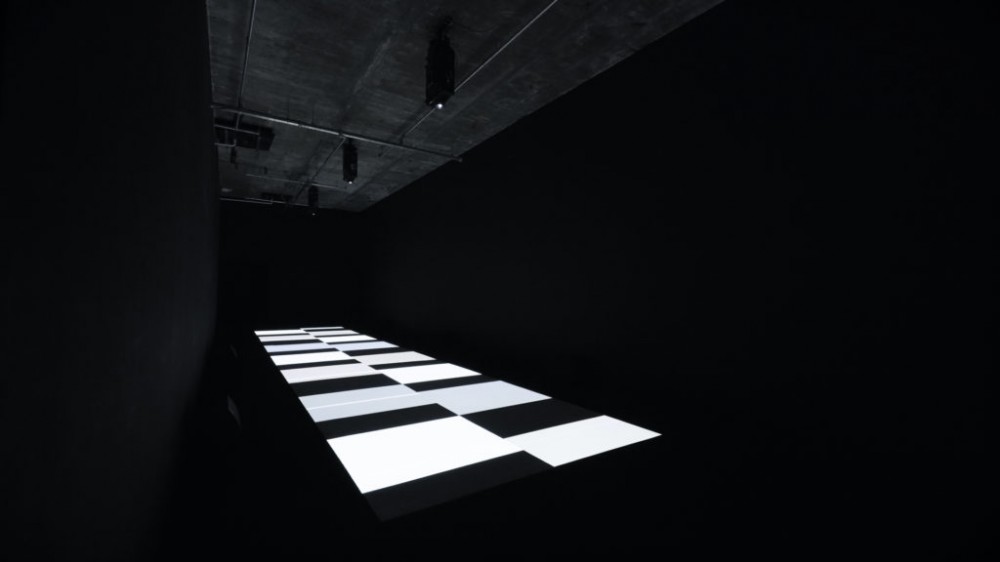

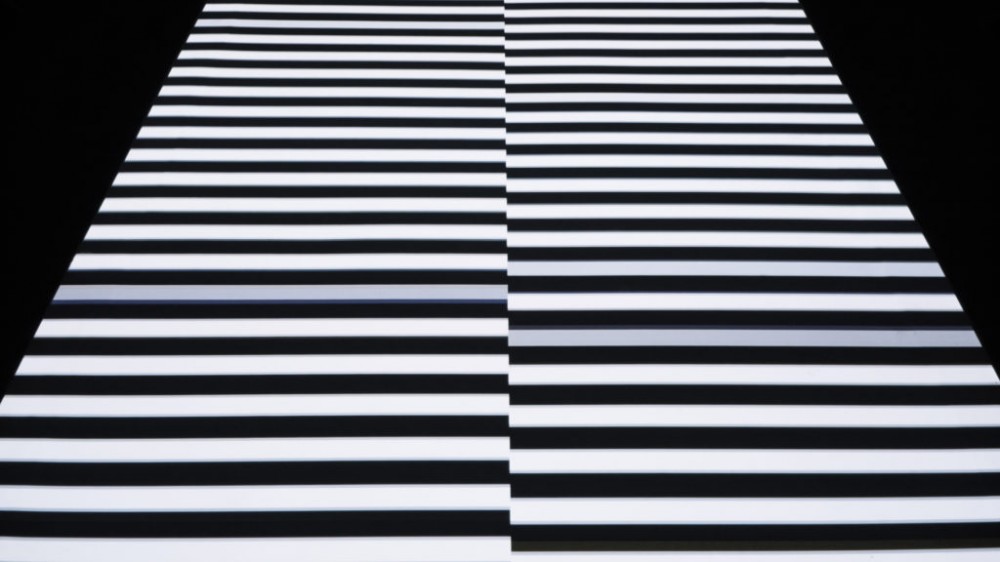
Existing in a lineage of radically minimal sound work that spans his early work with Japanese performance art collective Dumb Type, his ’90s albums +/- and 0°C and his subsequent releases on Raster-Noton, test pattern was borne out of the artist’s live show. “I needed visuals behind me when I DJ or do live performances, so I decided to show a binary expression of sound,” he explains. “A left-right visualisation of zeros and ones, black and white.” Despite the work’s simplicity, test pattern articulates some of the fundamental concepts and values inherent to the work of Ryoji Ikeda. By converting basic JPEGs or emails into binary code, the artist is able to recontextualize these fundamental components of digital life in their most basic forms via the “pure sonification of data”. Oscillating monochromatic patterns trigger extraterrestrial electronic tones that syncopate into the percussive pulse of a drum machine, approximating machinic minimal techno. In a sense, this is a work that would make just as much sense on the floor of a nightclub as it would a gallery space.
At its most musical, test pattern takes on a performative, almost theatrical presence, so much so that it is sometimes hard to believe that the patterns presented arise in totality from the ones and zeros of raw data. In this way, the work functions as a microcosm of Ikeda’s practice, allowing his audience to find rhythmic beauty in the infinitesimal sublime of data, an experience that can be simultaneously ecstatic and frightening. Observing the emergence of forms imbued with such strange physicality from flows of information beyond human comprehension can be jarring, something that is not lost on the artist. “Sometimes I push the sound level to the utmost limit to give a scary, overwhelming experience,” the artist explains. “That experience is not beautiful, so I call it sublime. Sublime experiences are a bit too much. There is fear and discomfort, as well as your own borderline between those feelings.” We find ourselves at this borderline with test pattern, caught in the balance between intensity and restraint, the one and the zero.
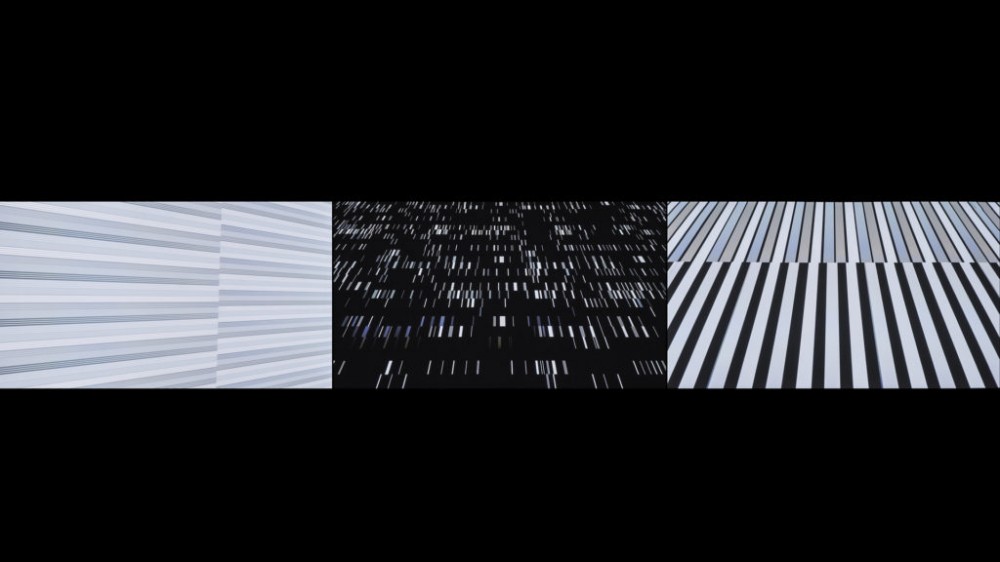
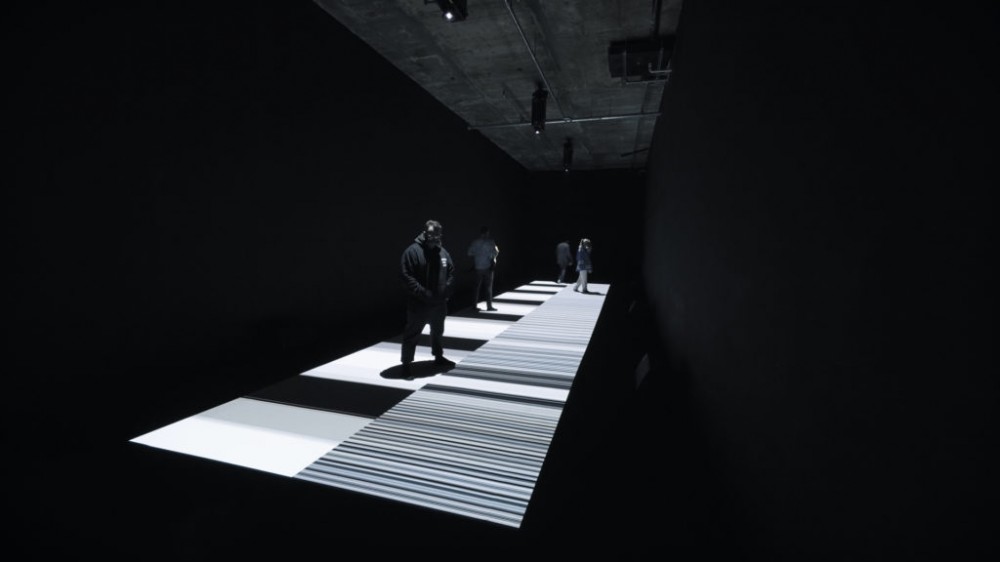
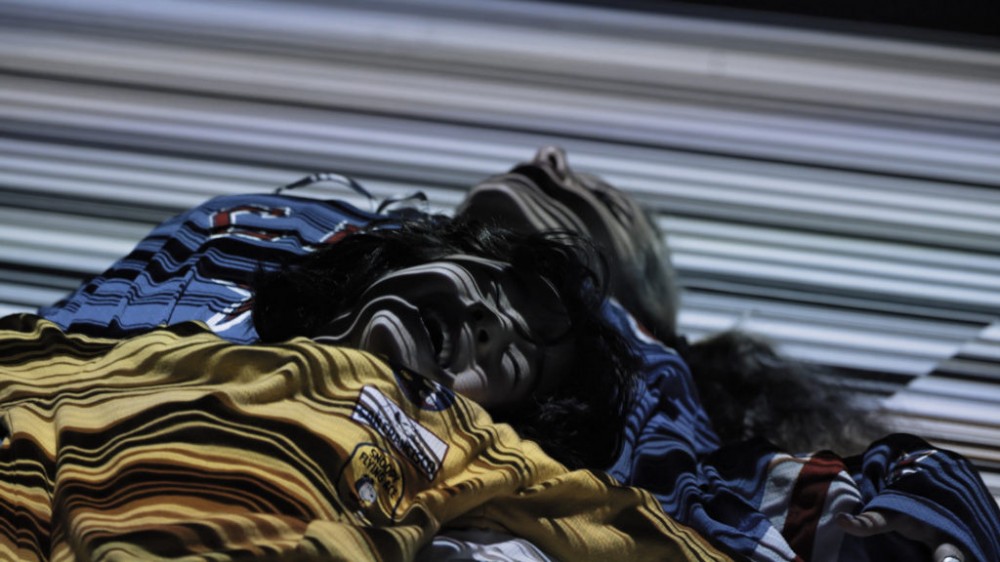
“At first I tried it on a small scale and then it became bigger and bigger and bigger,” recalls Ikeda. “The biggest one was in Germany, 100 meters. It was crazy, really, really intense. Another version was in Times Square. I hijacked Times Square in New York for one month, but only three minutes a day, 11:57 PM to midnight sharp, so exactly three minutes. Over 50 billboards were hijacked, just showing the black and white pattern.” Developed over years, test pattern serves as a perfect introduction to the data-driven work of Ryoji Ikeda, situated precisely at the borderline between sound and light, between beauty and the sublime, whereby the artist sheds light on the mathematical forms that drive our everyday lives to approach some aesthetic understanding of the nature of our world.
This exhibition, produced and curated by The Vinyl Factory and Fact in collaboration with Audemars Piguet Contemporary, follows five years of collaboration between Ryoji Ikeda and The Vinyl Factory, which includes the UK premieres of Ikeda’s supersymmetry in 2015 and test pattern [N°12] in 2017, as well as several vinyl albums and new commissions. The exhibition will present 12 large-scale, multimedia works, six of which will be premiering on the global stage, and five will be showing for the first time in the UK.

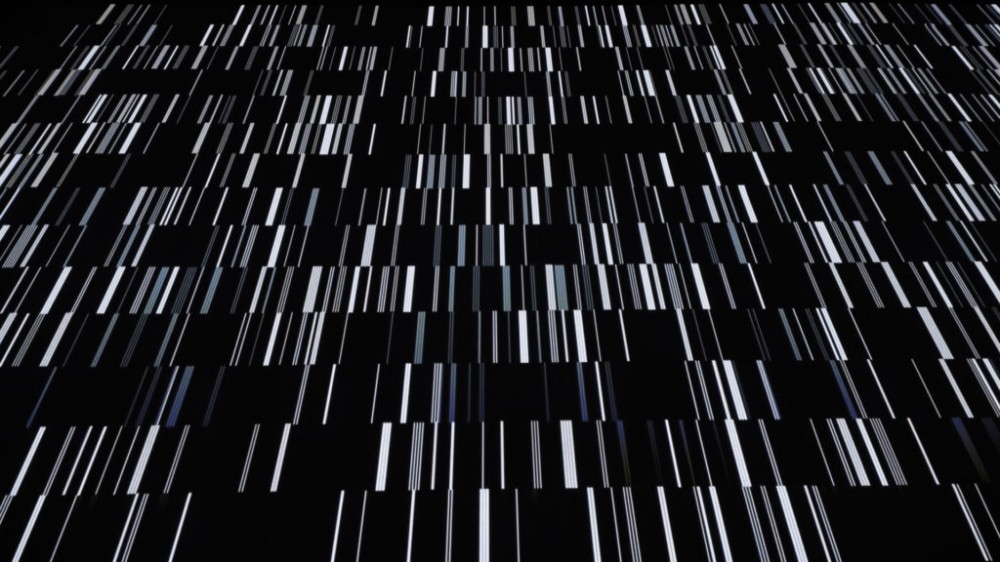
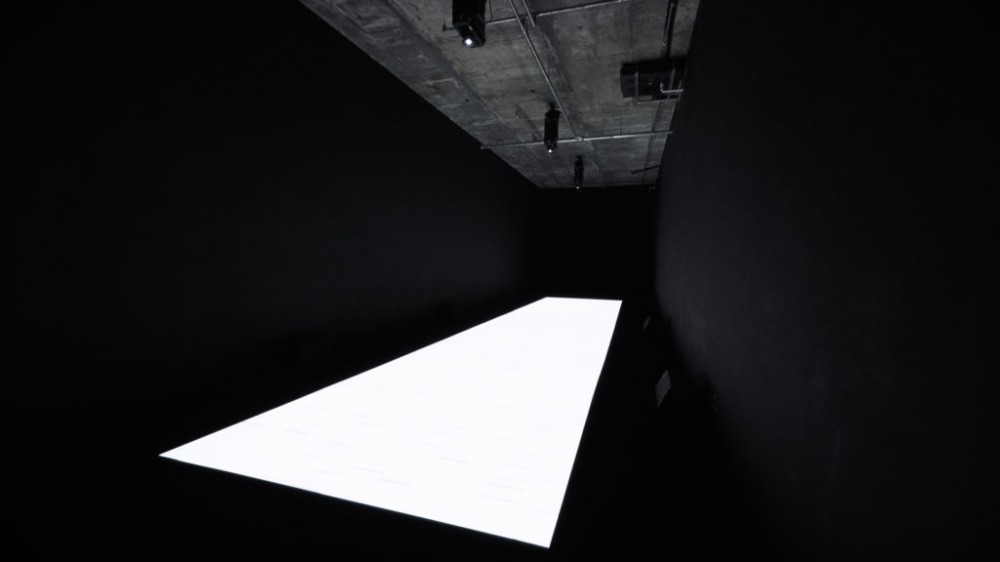
The show opens on May 20 and will run until August 1. Tickets are available now at the 180 The Strand website. For more information about Ryoji Ikeda and his work, you can visit his website and follow him on Instagram.
Directed and filmed by Pedro S. Küster
Additional Cinematography by Laima Leyton

